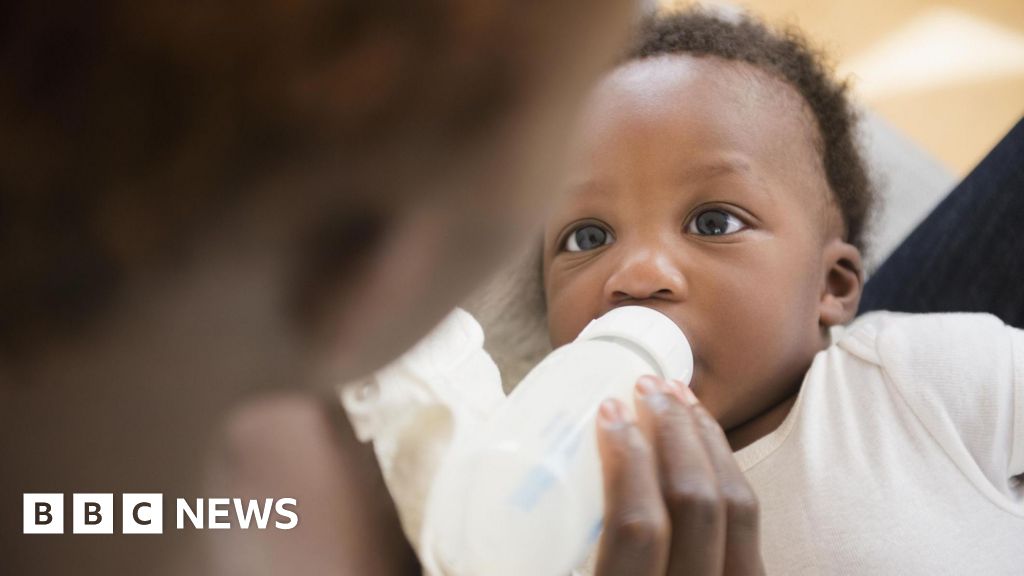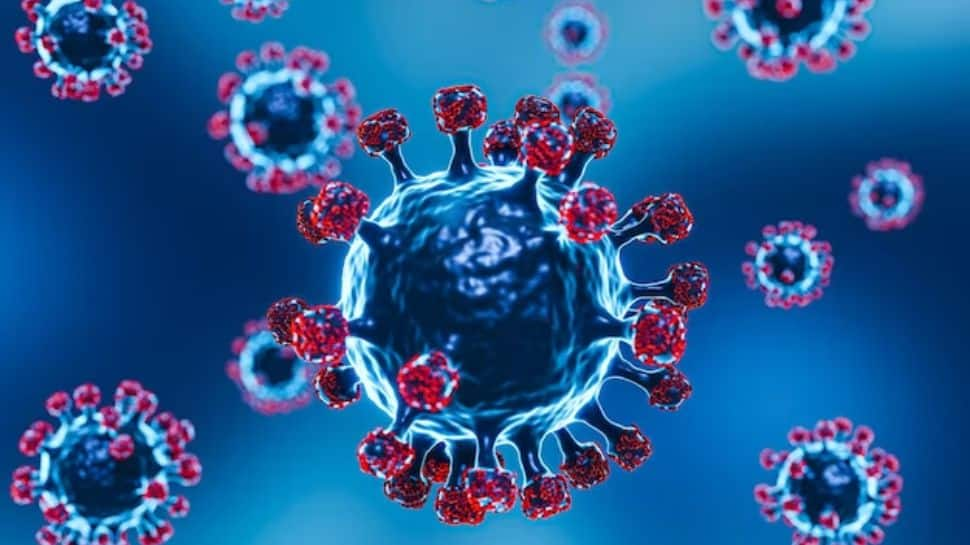A rise in respiratory diseases and the emergence of a new COVID-19 variant has caused concern among people even as doctors say there’s no need to panic as long as they remain vigilant. The first case of the subvariant of COVID-19, JN.1, was confirmed in Kerala on Saturday. A 79-year-old woman in the southern state tested positive for the JN.1 sub-variant and while she experienced mild flu-like symptoms, she has since recovered.
COVID-19 New Subvariant: Symptoms And Precautions To Take For JN.1
JN.1 raises concerns due to different factors. Dr Tushar Tayal, Lead Consultant, CK Birla Hospital, Gurugram, says, “Descended from the Omicron BA.2.86 variant, JN.1 carries mutations in the spike protein that may make it more transmissible and able to evade immunity. Also, estimates suggest JN.1 already accounts for 15-29% of cases in the United States.”
But Dr Tayal says that there is some good news. “Symptoms are most mild. Reported symptoms for JN.1 include fever, runny nose, sore throat, and occasional gastrointestinal issues, similar to mild COVID cases. The targeted spike protein makes current vaccines, in all likelihood, effective against JN.1.”
The important thing is to stay safe. “JN.1’s potential for rapid spread emphasises the importance of preventative measures – frequent handwashing and sanitisation, wearing triple-layer masks properly, and maintaining social distancing. By taking these steps, we can help prevent JN.1 from becoming the dominant strain and keep ourselves and others protected,” says Dr Tayal.
JN.1: World Health Organization’s Warning
Meanwhile, the World Health Organisation (WHO) said that the virus is evolving and changing and urged the member states to continue with strong surveillance and sequence sharing. The global body also shared a video of its COVID-19 technical lead, Maria Van Kerkhove, who explained the reason for the recent surges and what precautions can be taken. In the video message, Kerkhove said that the recent surge in respiratory infections is due to multiple reasons, including increased gatherings during the holiday season and other infections. She explained that the rise in COVID cases is because the virus is evolving, adding that 68 per cent of the current cases are cases of XBB sublineages and other groupings like JN.1. “Covid-19 is one of the diseases that is currently on the rise, and this is again due to a number of factors; the virus SARS-Cov-2 is evolving, changing, and circulating in all countries,” Kerkhove said.
The India SARS-CoV-2 Genomics Consortium (INSACOG), a network of Genomic Laboratories, has been actively monitoring the genomic aspects of COVID-19 in India.















































